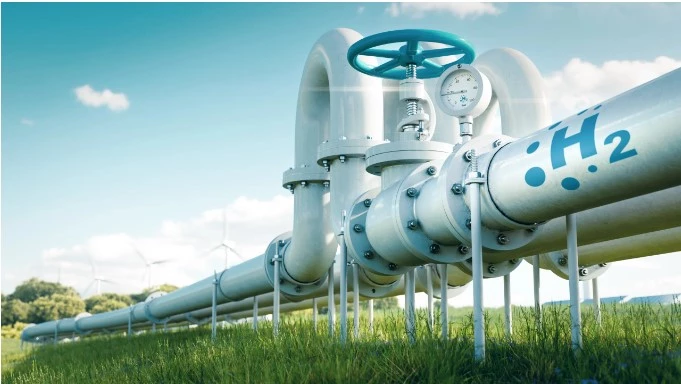We’ve been producing hydrogen at scale for over a century, but up until recently there was hardly any talk about its color—so what do we mean when we say blue or green hydrogen, and what challenges lie ahead for each version?
That’s where ESD’s newest training course comes in: the one-day program provides a non-technical overview of the jargon and the issues that surround the production and use of hydrogen as a partial replacement for natural gas and other fossil fuels.
Tackling the jargon:
The difference between the various colors of hydrogen isn’t about the hydrogen itself, it’s about how it was made. So how do we make blue hydrogen? How do we produce it at a scale that makes it a viable replacement for fossil fuels? What about green hydrogen? Can either be used with existing equipment?
The bottom line:
Regardless of how it’s made, hydrogen is hydrogen, and it poses similar processing challenges no matter what color we call it: there are safety concerns (it’s very explosive), there are leak concerns (it’s hard to seal), and there are transport concerns (it has low volumetric energy density even when it’s compressed).
ESD has been delivering both technical and non-technical courses for over 30 years and has trained thousands of people around the world. Get the answers to these questions surrounding hydrogen with ESD’s new training course, specifically designed for anyone (including those without an engineering background!) to understand the issues at hand.

